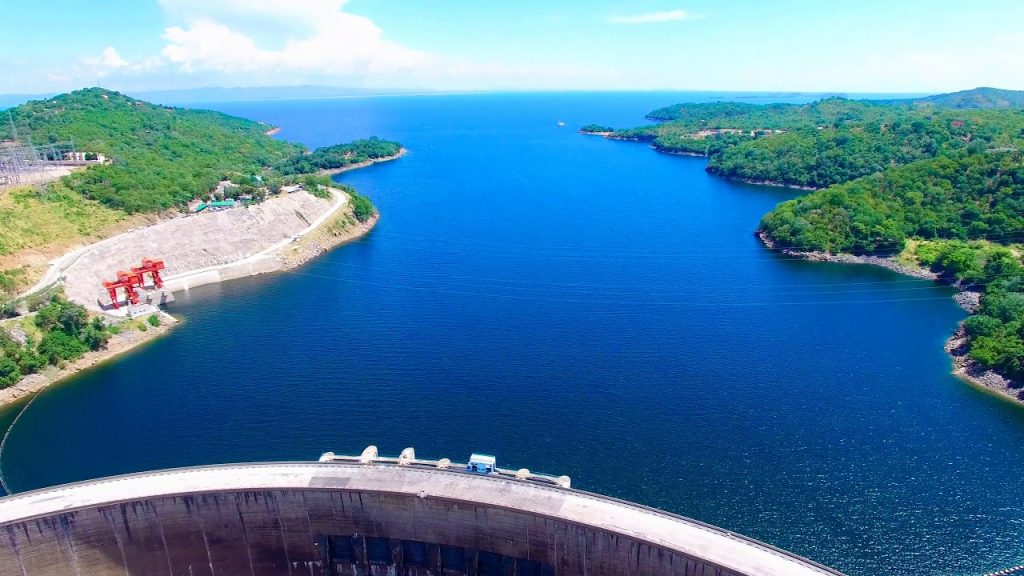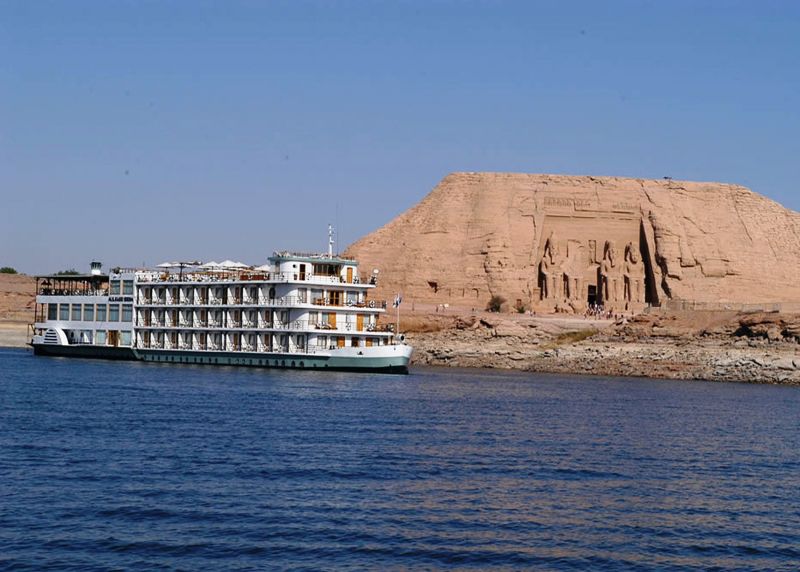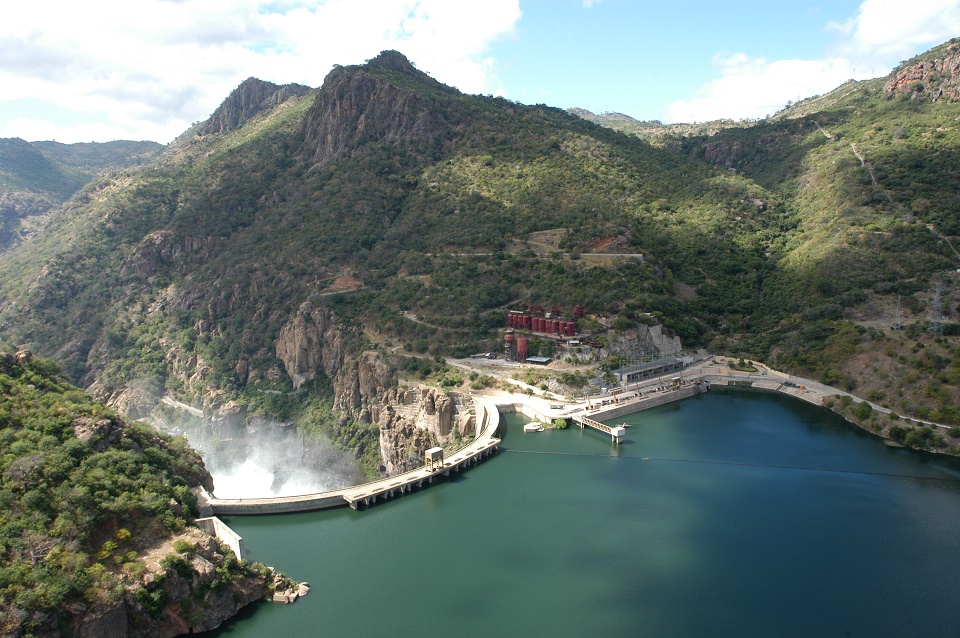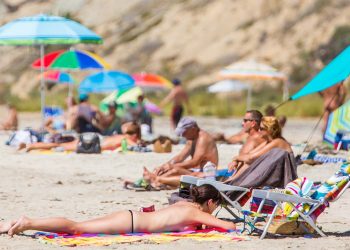Man-made lakes or reservoirs are often created by building dams on rivers for a variety of purposes, including hydroelectric power generation, water supply, irrigation, and flood control. The water behind the dam accumulates to fill the basin that has been formed.
Dams could also be built on an outlet channel of a naturally occurring lake to better manage the water levels in the lake. Such types of constructions typically maintain the natural characteristics of the lake, and an example of such a lake is Lake Victoria in East Africa (Uganda, Kenya, and Tanzania). Although Lake Victoria is not man-made, it is still an important source of freshwater for the region, supporting fishing industries and providing water for irrigation and other uses.
Moving on to man-made lakes in Africa, one of the largest is Lake Volta, located in Ghana. It was created by the construction of the Akosombo Dam on the Volta River in the 1960s, and it covers an area of over 8,500 square kilometers.
In conclusion, Africa is home to some of the world’s largest man-made lakes that are not only impressive engineering feats but play vital roles in providing freshwater, generating electricity, and supporting local economies.
In this article, we will explore the largest man-made lakes in Africa and dive into their impressive sizes, and functions.
READ THIS NEXT: These are the 10 Deepest Lakes in Africa
These are the largest man-made lakes in Africa.
1. Lake Kariba

Lake Kariba is the largest man-made lake in Africa and the World by volume, boasting 180 km3 of freshwater.
It is located in the Zambezi River’s Kariba Gorge between Zambia and Zimbabwe.
The hydroelectric power plant on the Kariba dam is critical for both African countries since it provides significant electricity to the populace.
This dam can hold up to 180 cubic kilometres of water with a catchment area of 663,000 square kilometres and a surface area of 5,400 square kilometres. Lake Kariba, which is 97 meters below the water’s surface, was created by the dam.
Location: Zambia and Zimbabwe
Water Volume: 180 Cubic KM
Surface Area: 5,400 Square Kilometres
2. Lake Volta

Lake Volta is the largest man-made lake in Africa and the World(If the surface area is concerned), Covering 8,502 km2 which is 3.6% of Ghana’s land area, it is the biggest reservoir by surface area, and the fourth largest on the planet by volume (148 km3). It is located in the South-Eastern part of Ghana.
Location: Ghana
Water Volume:148 Cubic KM
Surface Area: 8.502 Square Kilometres
3. Lake Nasser

Lake Nasser is one of the world’s largest artificial lakes, and its waters share borders with Egypt and Sudan. The Sudanese refer to a segment of the water body as Lake Nubia in honour of the Nubian homeland submerged under the waters during the construction of Lake Nasser.
The Lake has a length of 479 kilometres and a maximum width of 16 kilometres. The lake’s maximum depth is 590 feet, with an average depth of 83 feet. Lake Nasser has a storage capacity of 132 cubic kilometres.
The lake is named after Gamal Abdel Nasser, the Egyptian President who began the Aswan High Dam project (and was a key figure in the 1952 Egyptian Revolution).
Lake Nasser is one of the last surviving habitats for the animal of the rapidly diminishing Nile crocodile population.
Location: Egypt and Sudan
Water Volume: 132 Cubic Km
Surface Area: 5,250 Square Kilometres
4. Cahora Bassa, Mozambique

The fourth-largest man-made lake in Africa is the Cahora Bassa, and it is located in the Mozambican province of Tete. It was once known as Cabora Bassa during the Portuguese colonial era. Nyungwe Kahoura-Bassa, which means “finish the job,” inspired the name.
The reservoir is the culmination of Southern Africa’s greatest hydroelectric program.
Location: Mozambique
Water Volume: 55.8 Cubic Km
Surface Area: 2,739 Square Kilometres






